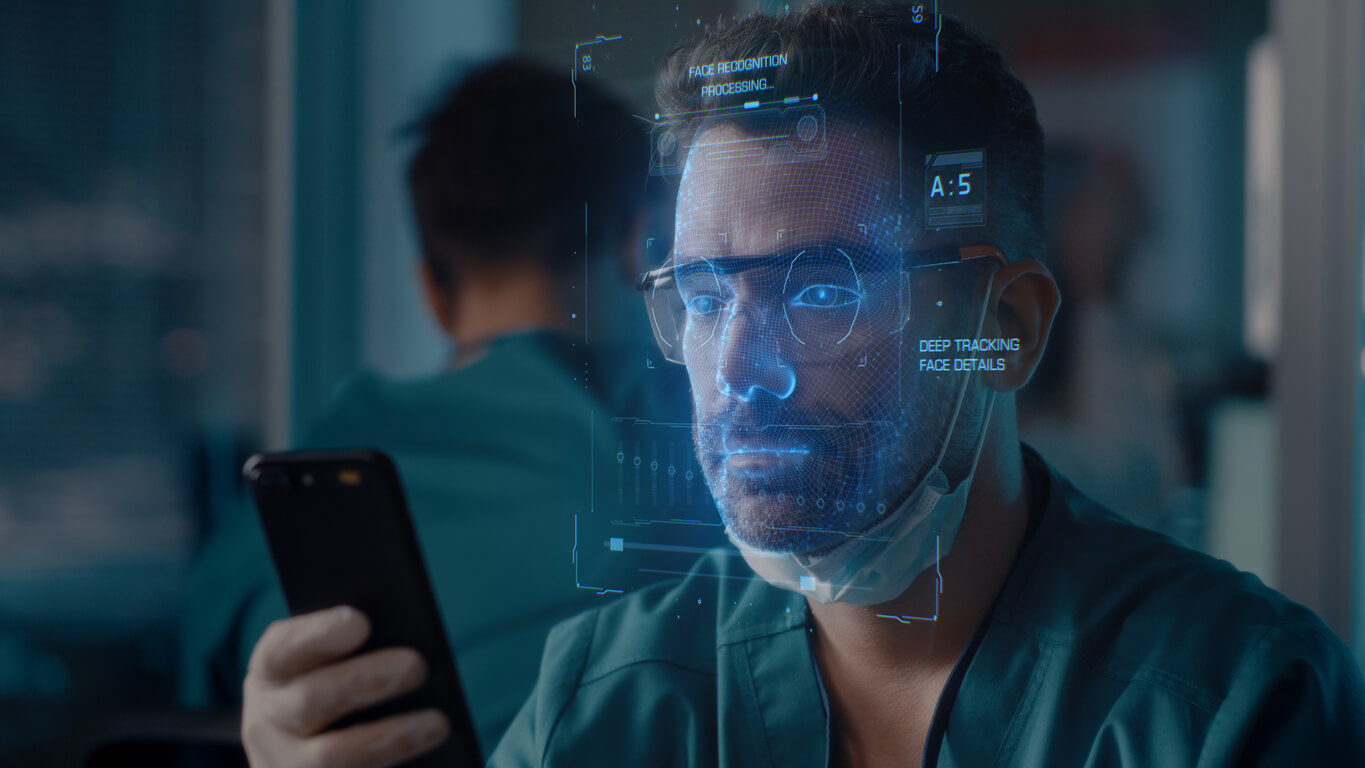
Information Overload: Policing a hyper-connected world
For most of the public, digital contact feels natural. From booking appointments to providing feedback, a whole host of tasks can be completed with ease. Between 2017 and 2020, the percentage of global customer interactions completed digitally almost tripled.
This brought convenience to consumers and savings for companies even before the pandemic accelerated the trend. But what about the benefits, and impacts, for policing?
With the proliferation of smartphone and social media adoption it feels inevitable that digital should be the de-facto method of contact for non-emergencies. But how can Forces embrace this change? And is there an opportunity to actively seek more digital contact to support proactive policing and ultimately keep communities safer?
For channel shift to make a genuine difference, it must transform productivity, meet public expectations and maintain trust in policing. It should therefore enable seamless experience across multiple touch points from end to end.
New technology continues to change the nature of crime and policing, creating new challenges and new opportunities. As public services come under pressure and public expectations rise, volumes of contact are likely to increase across all channels. By operationalising digital contact, forces can avoid a contact crisis and take advantage of a more connected future.
We have published a new guide in our Brighter Thinking for Public Safety series Digital Contact: Hear more of what matters to create safer communities in which we examine the increasing pressures on policing to manage contact from multiple channels explore the disconnects, and suggest how forces might use technology to better their lives and those of the communities they serve.

